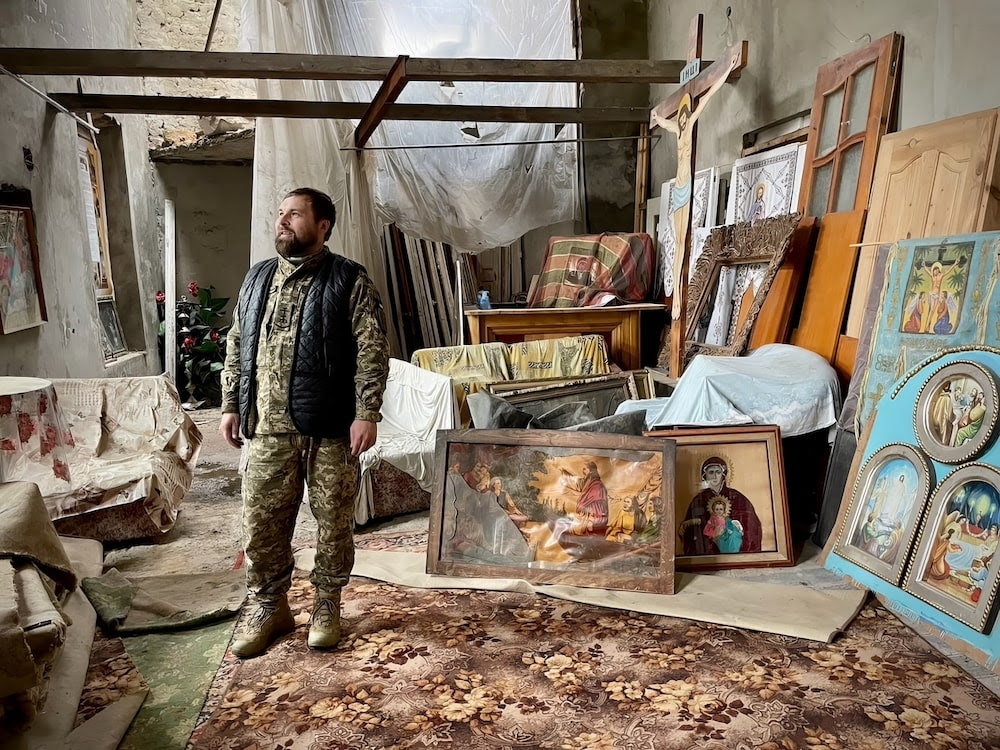A yellow rose and a blue rose held tightly in Tananai’s hands before his performance at the final of the 73rd Sanremo Festival: this is how Ukraine’s colors enter primetime on Rai Uno, in Eurovision, during the most important program of the Italian schedule, just a few weeks before the first anniversary of the Russian invasion.
It is a personal choice of the artist, linked to the theme of the song, while the discussion about the political presence of Ukrainian institutions is debated until the last moment, criticized, scheduled for 1:52 am, and finally granted after 2 am. Zelensky, who has appeared in several significant international events over the last twelve months, most recently in a live stream at the opening ceremony of the Berlin Film Festival, collided with the political resistance of the public service in Italy, leaving the Ukrainian Embassy to translate his letter and the host, Amadeus, to read it shortly before the Sanremo awards ceremony.
Whether a stage like the Ariston was the right place to launch Zelensky’s message of resistance is a question that Italy has asked itself, especially because the story of Ukraine on television has always been mediated by journalistic intervention, not by the President’s direct voice. As early as the first months following the Russian invasion, when TV broadcasting channel La7 bought the rights to the series Servant of the People, in which Volodymyr Zelensky played the role of the Ukrainian President before actually running for office, the network included the episodes in a program-container, hosted by Andrea Purgatori, with the task of introducing and analyzing the figure and political career of Zelensky.
Furthermore, La7 has long followed the conflict through the stories of journalist Francesca Mannocchi within the weekly program PropagandaLive, and Rai Uno has entrusted the story to a “new” voice, soon becoming the most recognizable on the network: Stefania Battistini. In this perspective, the Italian public experienced the first year of the war through the rediscovery of the reportages and documentary language of in-depth analysis.

As it happened, in part, in Iraq in 2003 with the current director of Tg1 Monica Maggioni – the only Italian journalist embedded with the US army – Stefania Battistini is the face associated with the Rai’s war coverage. She also has a visual code that follows different rules from those of conventional news programs: the duration and structure of the services make it a journalistic product closer to a cinematic documentary – such as the six feature films released by Arte.Tv on the occasion of the February 24th anniversary – than to television journalism. With Battistini, one walks along the front line, enters the trenches, and speaks with Ukrainian soldiers.
It is a conflict so close in time and space that only through strong images, within the action, can the viewer’s self-protection barrier be broken, images like those of the mass grave in Bucha (service of April 4, 2022), in which the Tg1 journalist finds herself among the bodies of seven prisoners captured by the Russians, covered in dirt and blood, with their hands tied behind their backs. As a journalist, Battistini cannot refrain from showing them. However, the willingness of the television audience to accept them hides a general need to consider, that of images that are as tangible as possible and able to tell a story that goes beyond a cold report. It is the principle that prevails in the Italian schedule, in which the proximity of the conflict has indeed forced a compression of distance and emotional detachment.
More about Broadcasting war: La guerra in onda

